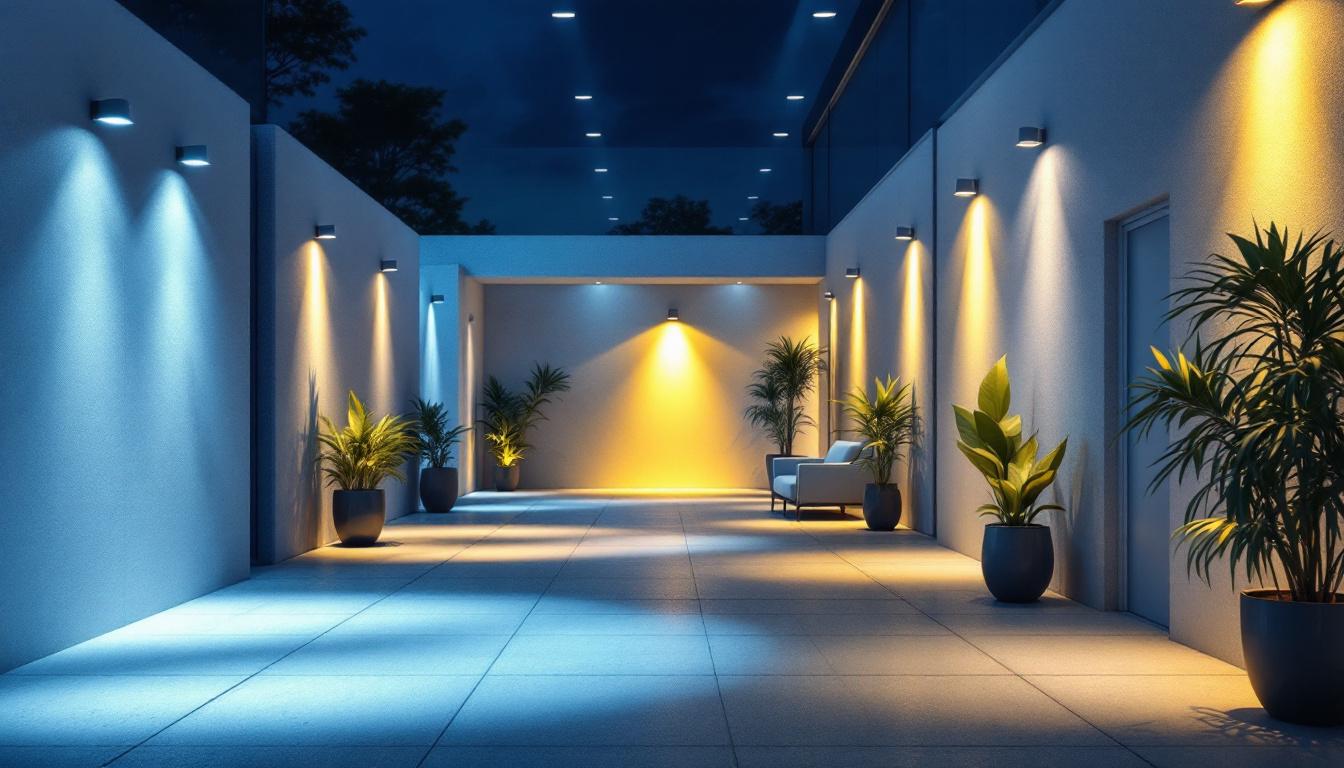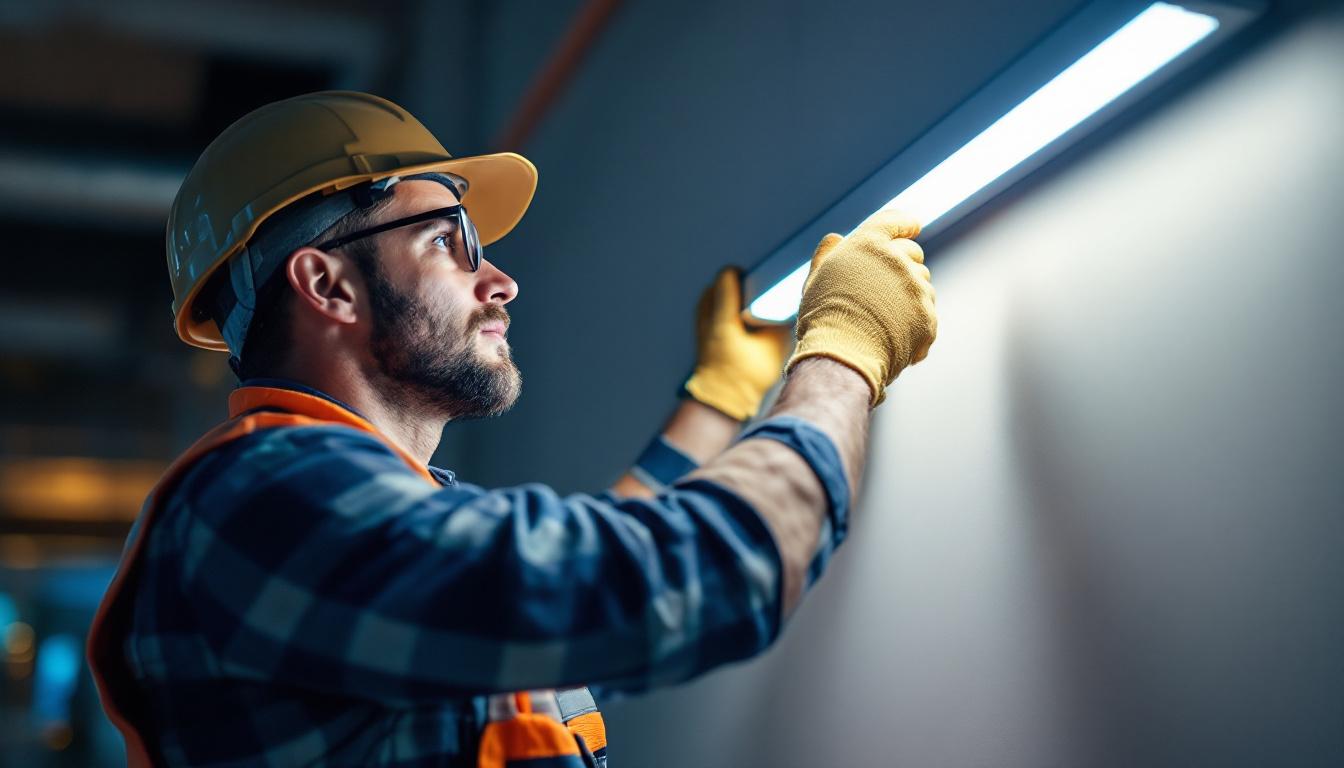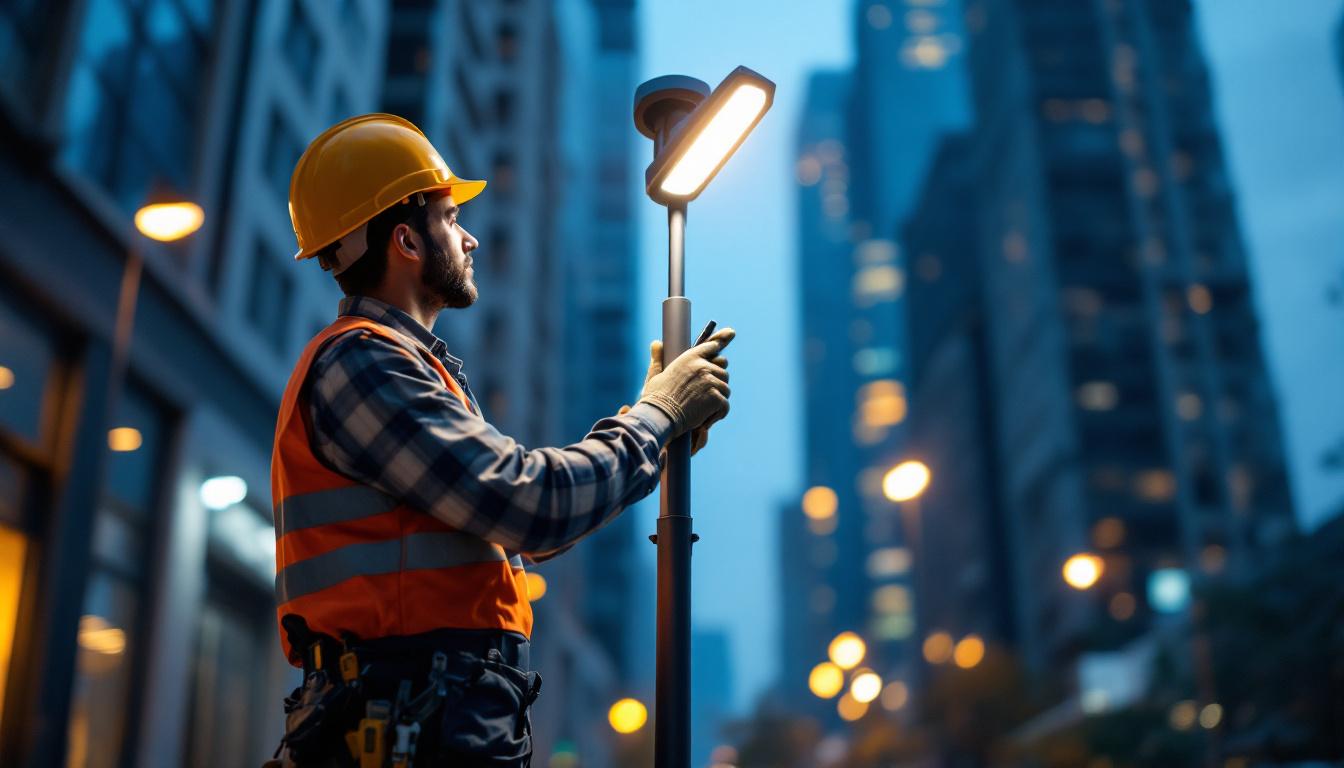
Directional lighting outdoors isn’t just about illuminating a space; it’s about precision, control, and enhancing the environment in a way that adds value to both aesthetics and safety. For lighting contractors, mastering outdoor directional lighting means delivering projects that stand out for their quality and efficiency.
Unlike general floodlighting, directional lighting targets specific areas or objects, such as pathways, architectural features, or signage. This targeted approach reduces wasted light, minimizes glare, and improves energy efficiency. It’s a smart strategy that aligns with growing client demands for sustainable and cost-effective lighting solutions.
Clients increasingly expect lighting that does more than just brighten a space. They want lighting that enhances security, highlights design elements, and reduces energy bills. Directional lighting meets these needs by focusing illumination exactly where it’s needed, avoiding light pollution and unnecessary energy consumption.
For contractors, this means fewer callbacks, higher client satisfaction, and opportunities to offer premium services. Directional lighting projects often command higher margins because they require specialized knowledge and precision installation techniques.
Moreover, the versatility of outdoor directional lighting allows contractors to create dynamic environments that can change with the seasons or events. For instance, adjustable fixtures can be repositioned to highlight seasonal decorations or landscaping changes, providing clients with a fresh look throughout the year. This adaptability not only enhances the visual appeal but also demonstrates a contractor’s commitment to meeting evolving client needs.
Additionally, integrating smart technology into directional lighting systems can further elevate a project. By incorporating sensors and smart controls, contractors can offer clients the ability to automate their lighting based on time of day or occupancy, ensuring that lights are only on when needed. This not only enhances convenience but also significantly contributes to energy savings, aligning with the growing trend towards smart home technology and sustainability in outdoor spaces.
Efficiency starts with selecting the appropriate fixtures. LED technology has revolutionized outdoor directional lighting, offering longer lifespans, lower power consumption, and superior light quality compared to traditional halogen or incandescent options. The shift towards LED not only reduces energy bills but also minimizes the frequency of replacements, resulting in less waste and a lower carbon footprint. This makes LEDs an environmentally friendly choice, aligning with the growing demand for sustainable practices in landscaping and architecture.
Look for fixtures with adjustable beam angles and high color rendering indexes (CRI). These features allow for fine-tuning the light output to suit the specific application, whether it’s accentuating a tree’s texture or illuminating a walkway clearly and safely. A higher CRI means colors appear more vibrant and true to life, which is particularly important in settings where aesthetics play a crucial role, such as gardens or outdoor dining areas. Additionally, the ability to adjust beam angles can help create different moods and highlight architectural features, enhancing the overall ambiance of the space.
Integrating smart controls can significantly boost efficiency. Motion sensors, photocells, and programmable timers ensure lights operate only when necessary. This reduces energy waste and extends fixture life, which benefits both contractors and clients. Furthermore, the installation of smart lighting systems can lead to substantial cost savings over time, as they can be programmed to dim or turn off during off-peak hours, aligning with the natural rhythms of the environment and the needs of the users.
Advanced systems can even adjust brightness based on ambient light conditions or occupancy, providing dynamic lighting that adapts to real-world use. Offering these solutions positions contractors as forward-thinking and environmentally responsible. Moreover, integrating smart technology can enhance safety by ensuring that pathways are illuminated when needed, reducing the risk of accidents. The ability to control lighting remotely via smartphone apps or voice commands adds an element of convenience and flexibility, making it easier for users to manage their outdoor spaces effectively. This level of customization not only improves user experience but also encourages energy conservation, further solidifying the importance of smart lighting in modern outdoor design.
Proper installation is critical to achieving the full benefits of directional lighting. Poorly aimed fixtures or incorrect mounting heights can cause light spillage, glare, and uneven illumination, undermining the project’s goals. This not only affects the aesthetic appeal of the space but can also lead to safety concerns, particularly in outdoor environments where visibility is paramount.
Contractors should conduct thorough site assessments before installation. Understanding the landscape, architectural features, and client usage patterns helps determine optimal fixture placement and aiming angles. Factors such as the natural topography, existing structures, and even seasonal changes in foliage should be taken into account to ensure that the lighting remains effective throughout the year. Engaging with clients to discuss their specific needs and preferences can also provide valuable insights that influence the final design.
Energy efficiency also depends on wiring quality and power management. Using appropriately gauged wiring reduces voltage drop, ensuring fixtures receive consistent power. Low-voltage systems are popular for outdoor directional lighting because they enhance safety and reduce energy consumption. Furthermore, incorporating energy-efficient LED fixtures can significantly lower operational costs while providing superior illumination quality.
Additionally, grouping fixtures on separate circuits allows for more precise control and easier troubleshooting, saving time and reducing maintenance costs in the long run. Implementing smart control systems, such as timers or motion sensors, can further optimize energy use by ensuring lights are only active when needed. This not only extends the lifespan of the fixtures but also aligns with sustainable practices, making the installation more environmentally friendly. Moreover, considering future scalability during the initial wiring layout can save headaches if additional fixtures are added later, allowing for seamless integration without extensive rewiring or modifications to the existing system.
Successful outdoor directional lighting projects balance functionality with design. Layering light—combining uplighting, downlighting, and silhouetting—creates depth and drama while maintaining energy efficiency. This multifaceted approach not only highlights architectural features and landscaping but also establishes a welcoming ambiance that can transform outdoor spaces into inviting retreats. By strategically placing lights, designers can enhance pathways, accentuate trees, and illuminate gathering areas, ensuring that every corner of the space serves a purpose while remaining visually appealing.
Contractors who collaborate with landscape architects or designers can develop lighting plans that complement the overall aesthetic and practical needs of the space. This collaboration often leads to innovative solutions that set projects apart. For instance, integrating smart lighting technology can allow for customizable settings that adapt to different occasions, from intimate gatherings to festive celebrations. Such advancements not only elevate the user experience but also promote sustainability by optimizing energy usage based on real-time needs.
Directional lighting naturally helps reduce light pollution, a growing concern in many communities. By carefully aiming fixtures and using shields or louvers, contractors can prevent light from spilling into unwanted areas, such as neighbors’ properties or the night sky. This precision in design not only enhances the visual appeal of the landscape but also fosters a sense of community responsibility, as clients become more aware of their environmental footprint. Moreover, implementing fixtures that are fully shielded can significantly contribute to preserving the natural nocturnal environment, benefiting local wildlife and ecosystems.
This attention to detail not only meets regulatory requirements but also appeals to environmentally conscious clients. It’s an opportunity to educate customers about the benefits of responsible lighting design. By discussing the impact of light pollution on both human health and the environment, contractors can position themselves as advocates for sustainable practices. Additionally, showcasing examples of successful projects that have effectively minimized light pollution can inspire clients to embrace these principles, leading to a greater demand for eco-friendly lighting solutions that harmonize with nature rather than disrupt it.
Efficiency isn’t just about installation; it’s also about maintaining performance. Outdoor environments expose fixtures to weather, dirt, and physical impact, all of which can degrade lighting quality and increase energy use over time. For instance, UV exposure can lead to fading and deterioration of materials, while moisture can cause corrosion, particularly in metal fixtures. Understanding these factors is essential for ensuring that lighting systems continue to operate at peak performance, providing both safety and aesthetic appeal.
Regular maintenance schedules, including cleaning lenses, checking fixture alignment, and replacing worn components, preserve the system’s efficiency. Additionally, seasonal inspections can help identify potential problems before they escalate, such as frayed wiring or loose connections that could lead to system failures. Contractors who offer maintenance services build lasting client relationships and generate recurring revenue. By positioning themselves as trusted partners in ongoing care, they can ensure that clients feel supported and informed about their lighting investments.
Modern lighting systems often include monitoring capabilities that provide data on energy consumption and fixture performance. These systems can track usage patterns, allowing contractors to make informed adjustments that enhance efficiency. For example, if data reveals that certain areas are over-illuminated during off-peak hours, contractors can recommend dimming strategies or even the installation of motion sensors to optimize energy use. This proactive approach not only saves money but also contributes to sustainability goals.
Providing clients with reports on energy savings and system status adds transparency and demonstrates the value of professional installation and upkeep. Furthermore, feedback from clients can be invaluable; understanding their experiences and preferences can guide future improvements and innovations. By fostering an open dialogue, contractors can adapt their services to better meet client needs, ensuring that the lighting systems not only function effectively but also align with the evolving demands of the space they illuminate.
Outdoor directional lighting is more than a technical skill-it’s a strategic asset for lighting contractors. By focusing on precision, leveraging advanced technologies, and emphasizing design and maintenance, contractors can deliver projects that exceed client expectations while boosting operational efficiency.
Embracing these practices not only improves profitability but also enhances reputation in a competitive market. Directional lighting is a clear path forward for contractors ready to elevate their craft and business.
Ready to take your outdoor directional lighting projects to the next level? LumenWholesale is here to support your success with our exceptional range of spec-grade lighting products. Benefit from our unbeatable wholesale prices and extensive selection that meets the highest industry standards. Say goodbye to inflated markups and enjoy the convenience of free shipping on bulk orders. Elevate your craft with reliable, high-performance lighting solutions that promise quality, affordability, and convenience. Take the first step towards brighter, more efficient projects by visiting Wholesale Lighting at the Best Value today.

Discover essential tips for lighting contractors in our comprehensive guide on linear LED fixtures.

Discover how investing in 2 light poles can enhance efficiency and profitability for lighting contractors.

Discover essential tips for selecting and installing string outdoor LED lights to enhance your space without breaking the bank.

Discover the intricacies of motion detector lights from a contractor’s perspective.